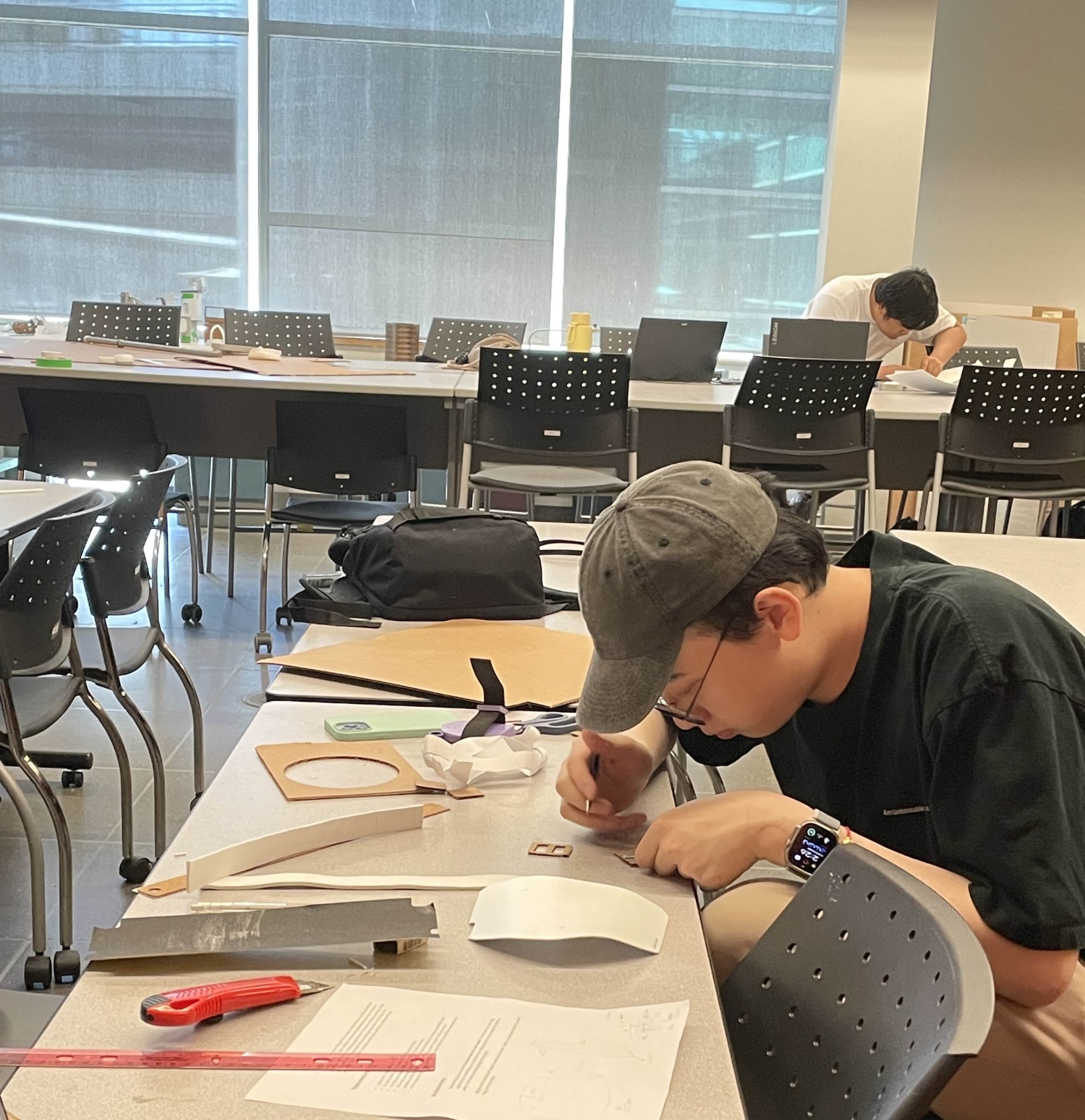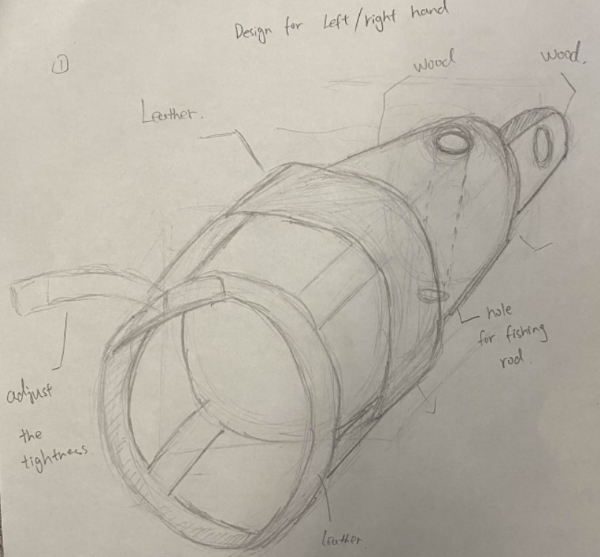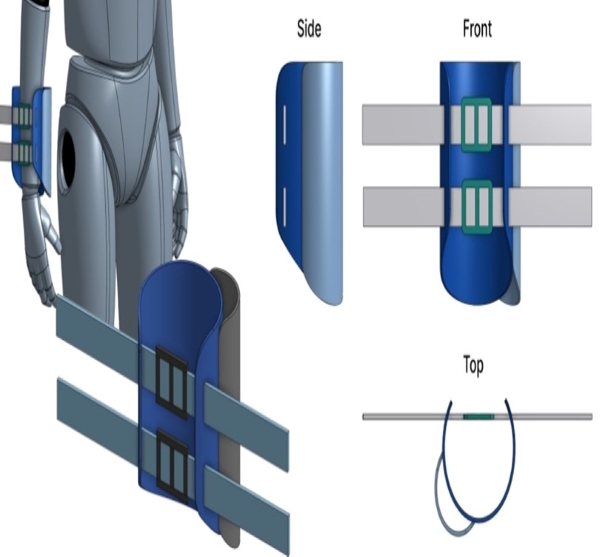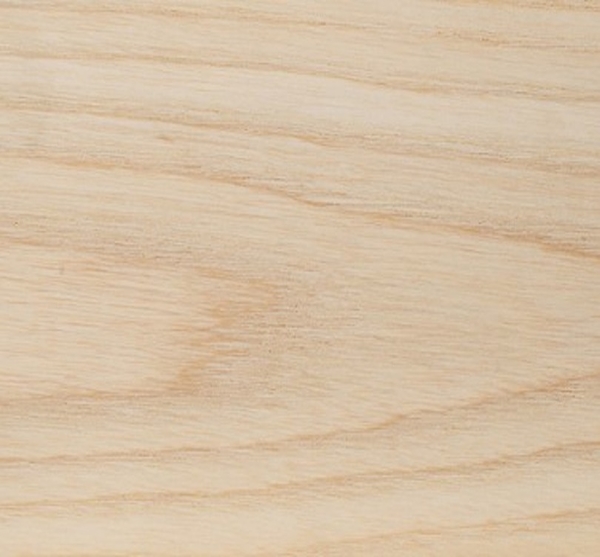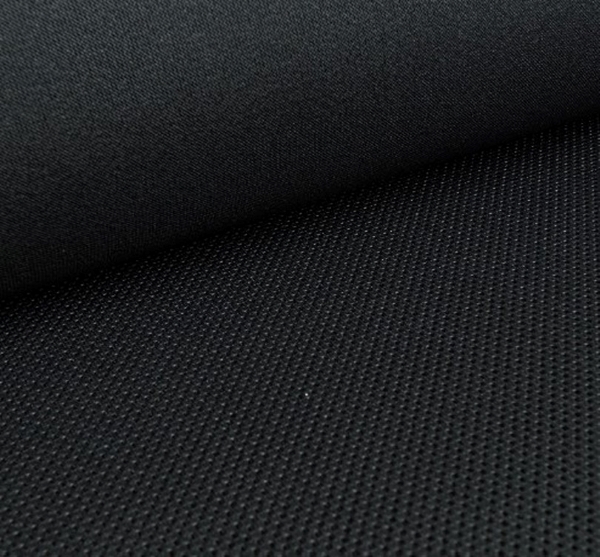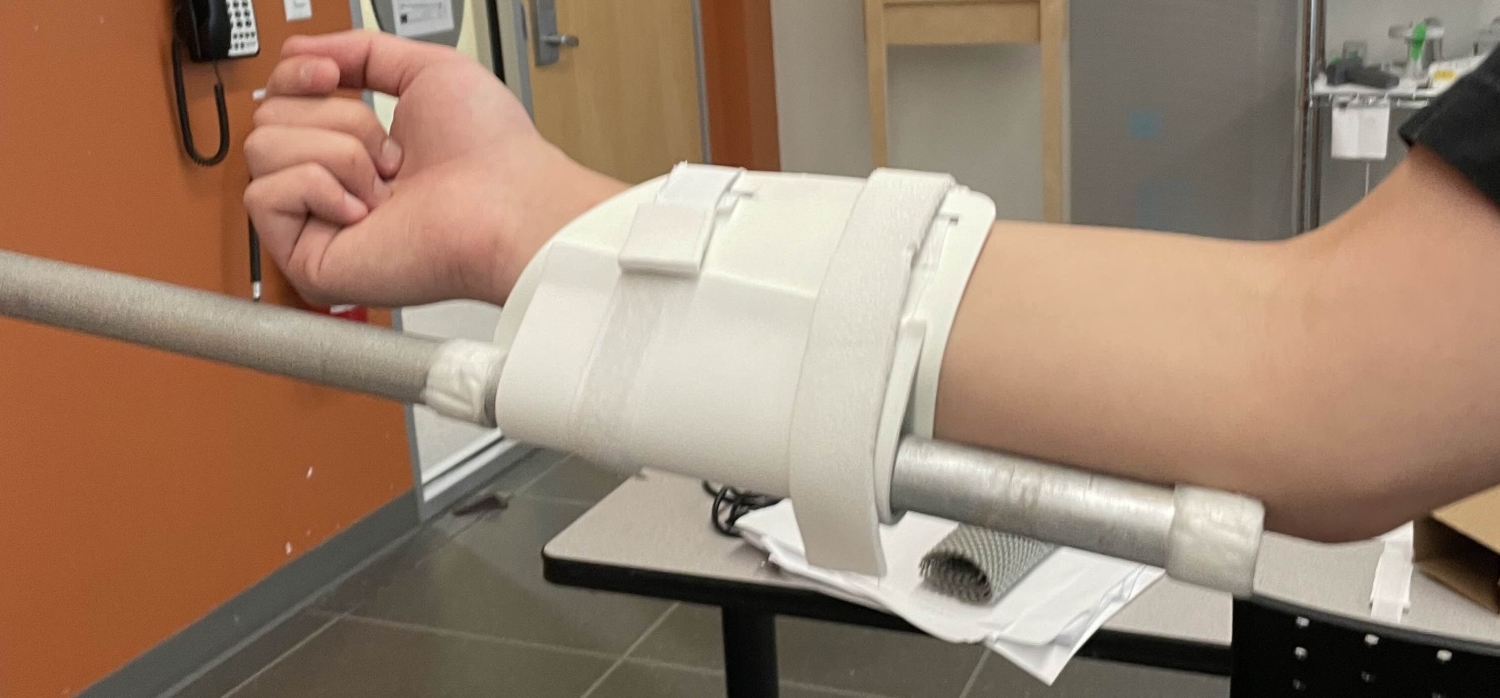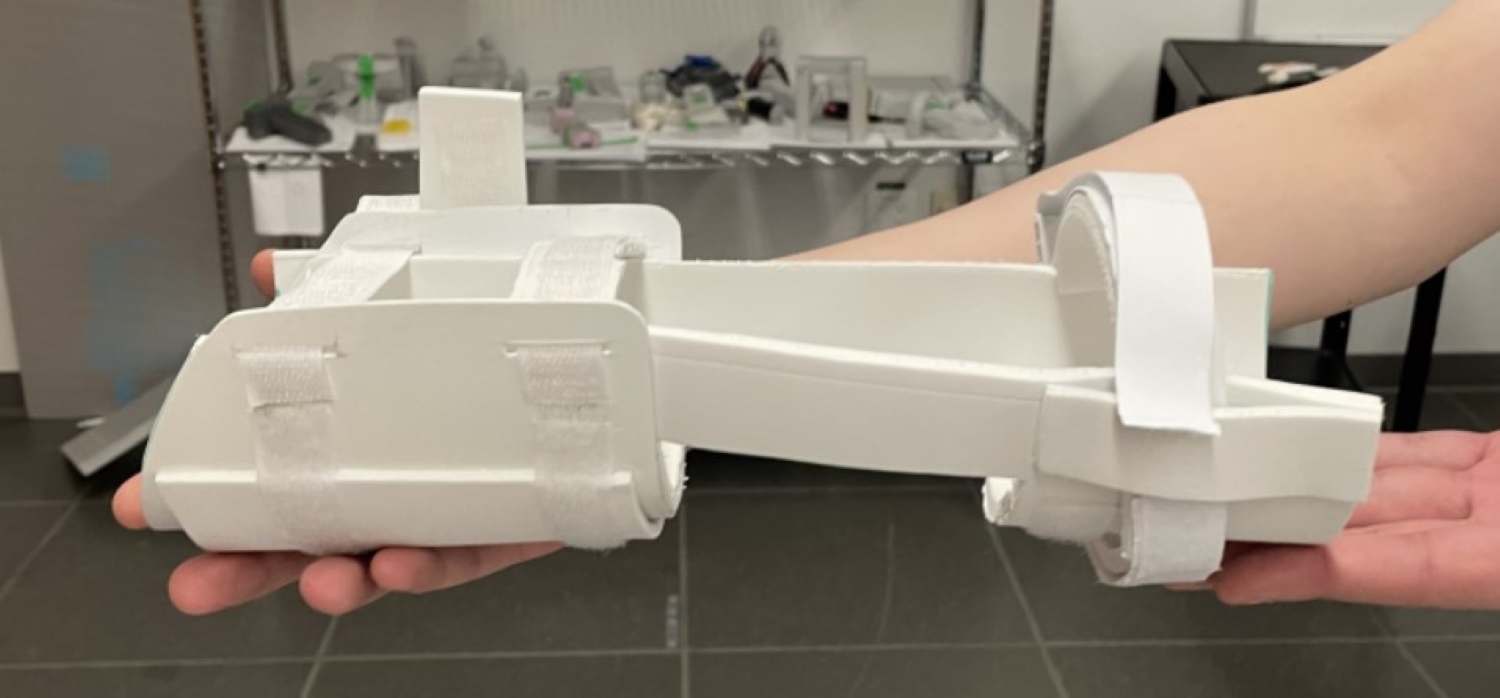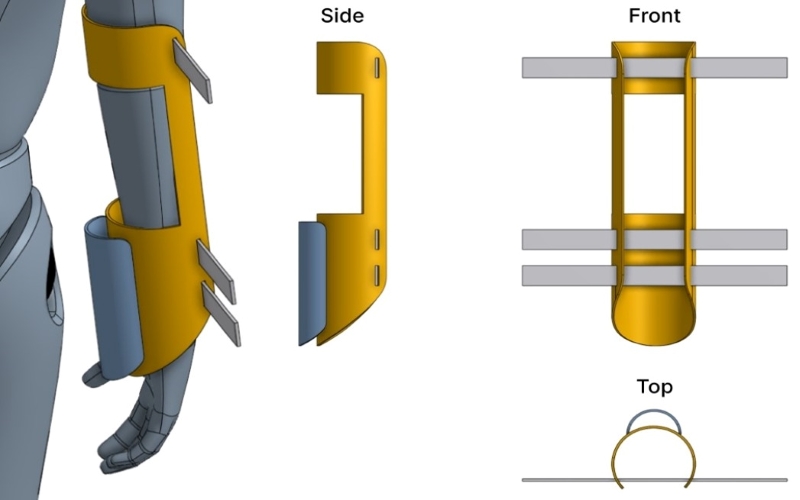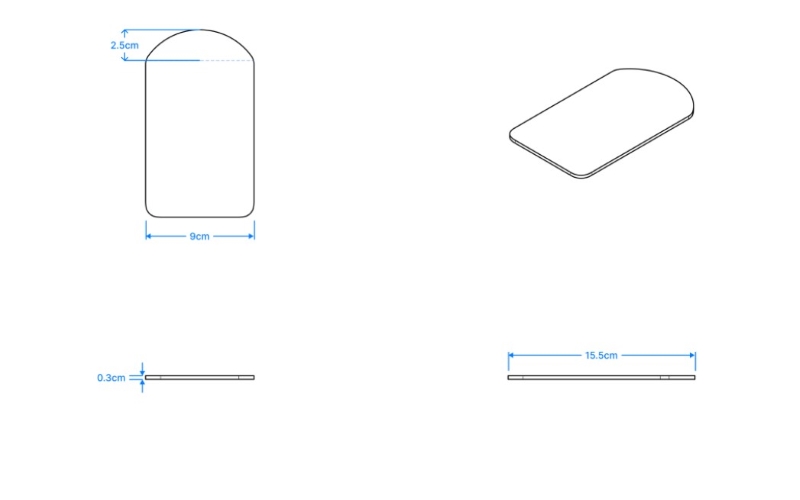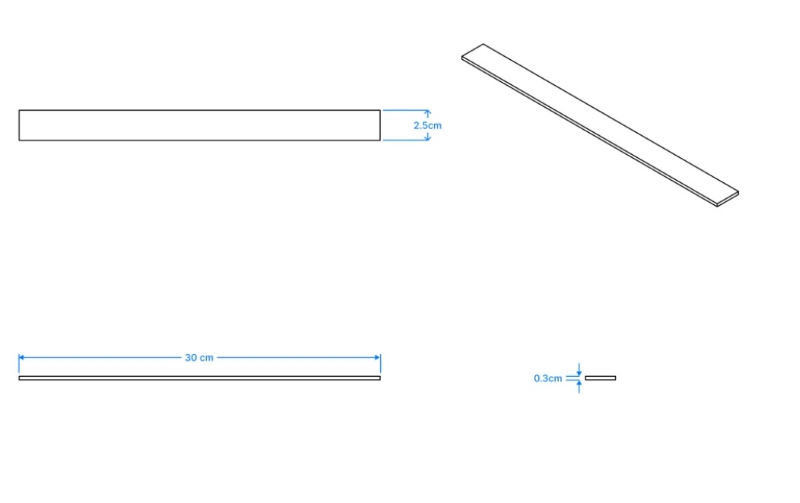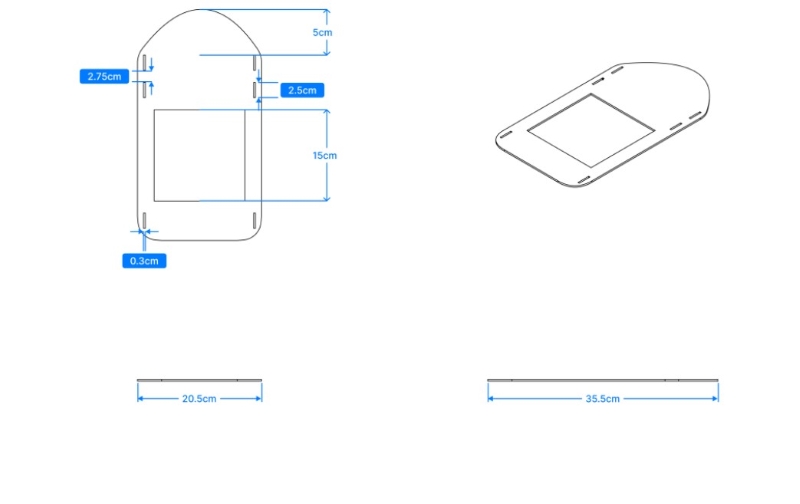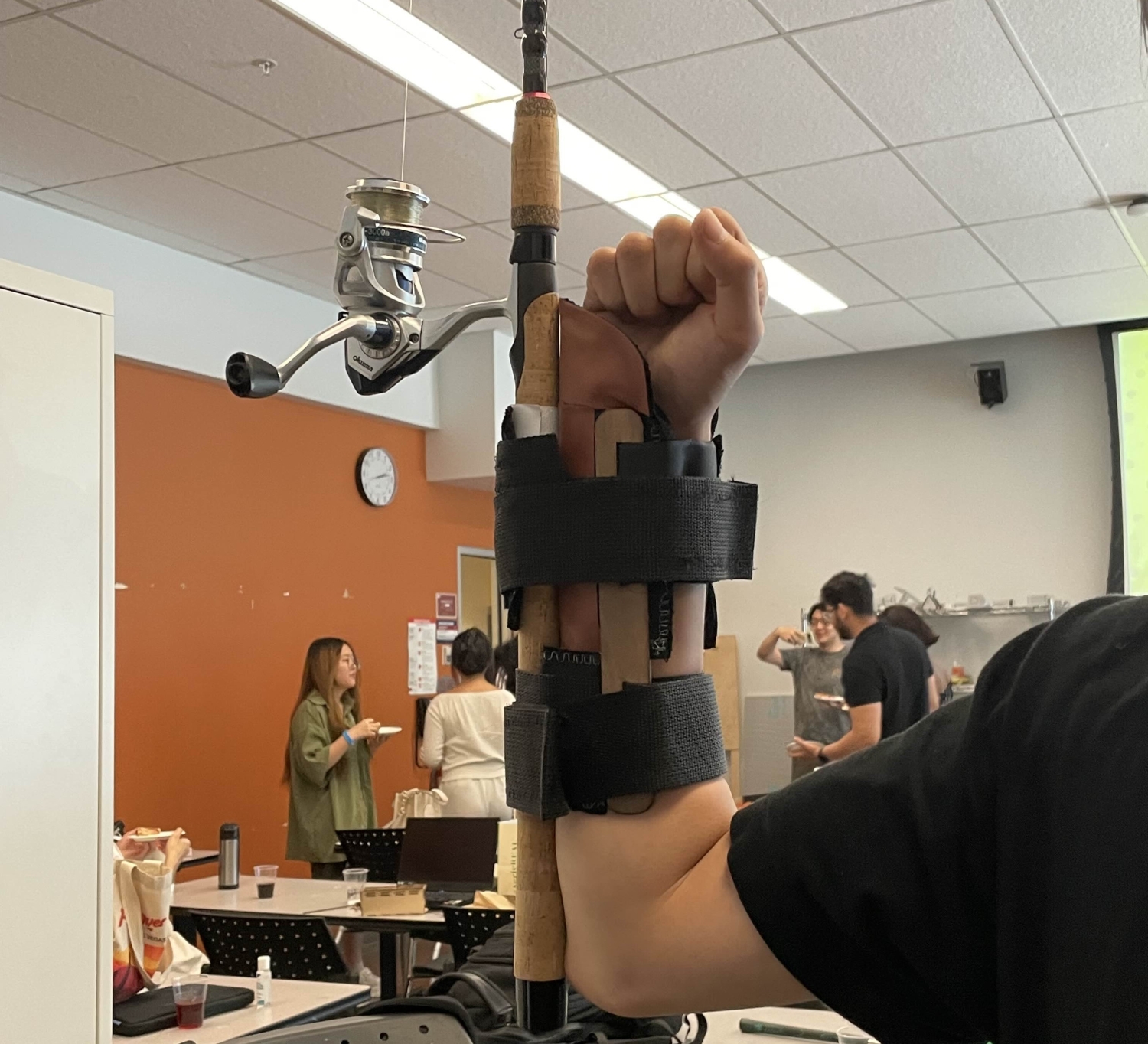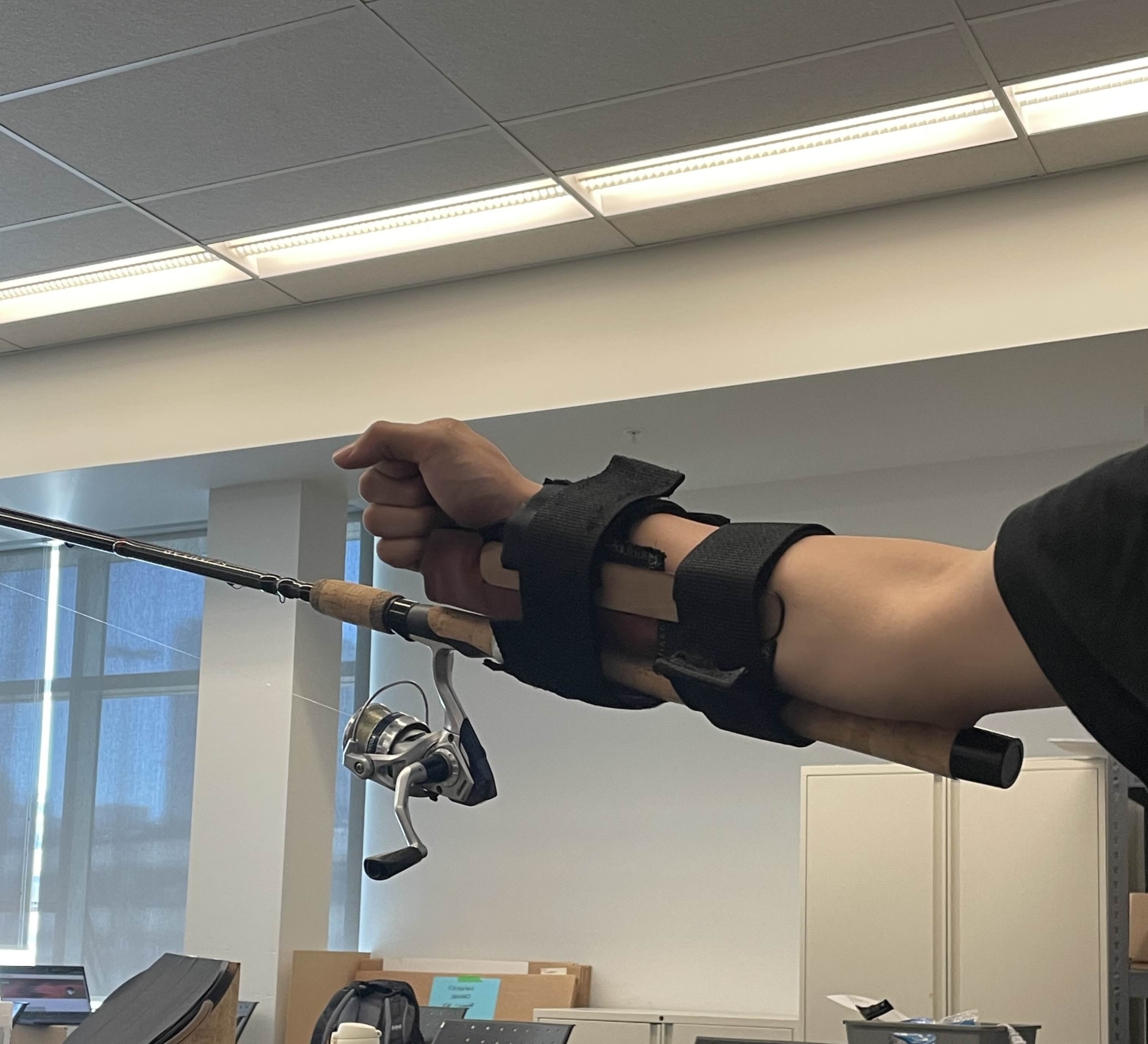Fishy Farmers
For my final project in IAT336 Material Design, our group focused on creating an accessible fishing rod for individuals with one hand, aiming to enhance recreational opportunities for users with physical challenges. This project is a prime example of our commitment to product design specializing in Assistive Technology, showcasing my ability to think through problems from start to finish and iterate on solutions based on user feedback. The photo is of me making the first version of the parts for a fishing rod.
